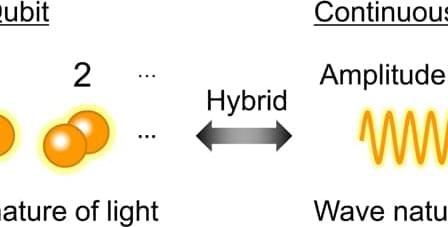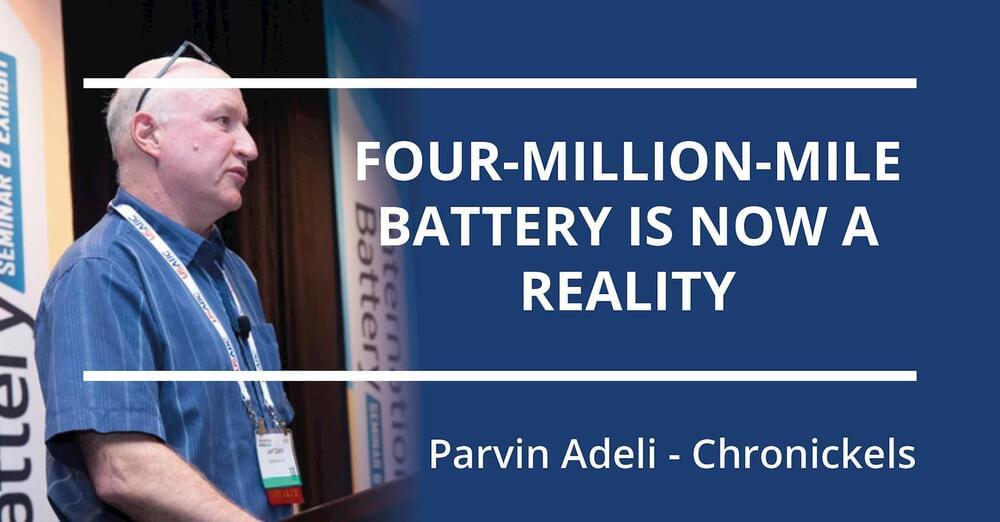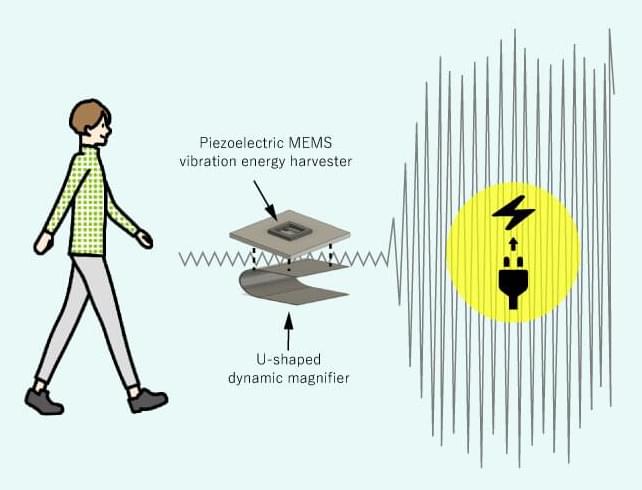Year 2019 face_with_colon_three
Photonic quantum computing is one of the leading approaches to universal quantum computation. However, large-scale implementation of photonic quantum computing has been hindered by its intrinsic difficulties, such as probabilistic entangling gates for photonic qubits and lack of scalable ways to build photonic circuits. Here, we discuss how to overcome these limitations by taking advantage of two key ideas which have recently emerged. One is a hybrid qubit-continuous variable approach for realizing a deterministic universal gate set for photonic qubits. The other is the time-domain multiplexing technique to perform arbitrarily large-scale quantum computing without changing the configuration of photonic circuits. These ideas together will enable scalable implementation of universal photonic quantum computers in which hardware-efficient error correcting codes can be incorporated. Furthermore, all-optical implementation of such systems can increase the operational bandwidth beyond terahertz in principle, ultimately enabling large-scale fault-tolerant universal quantum computers with ultrahigh operation frequency.









